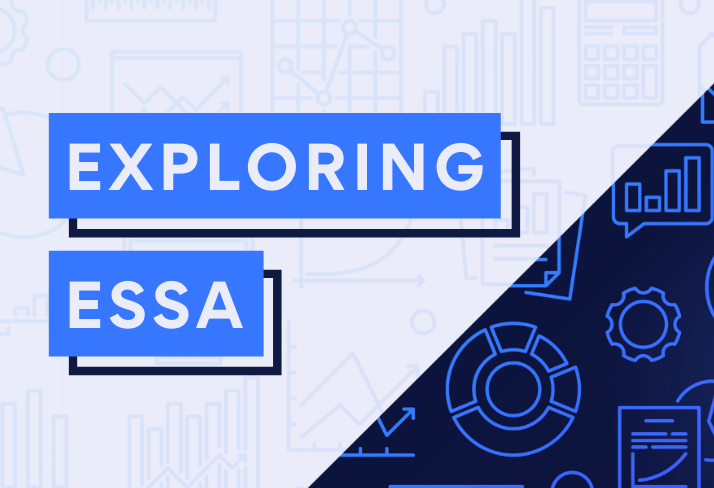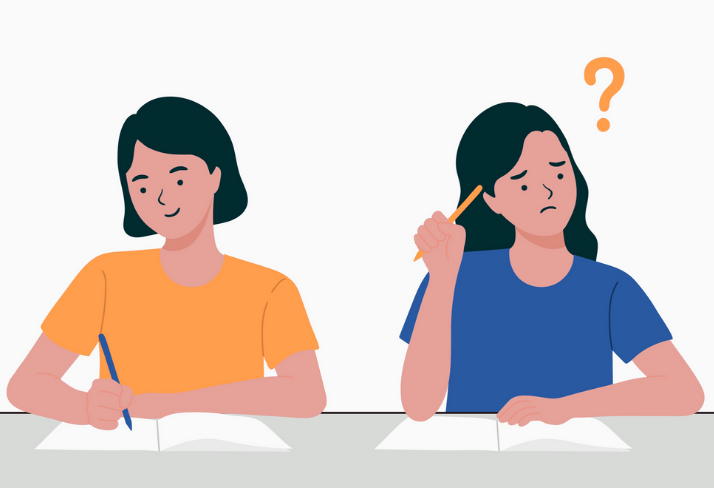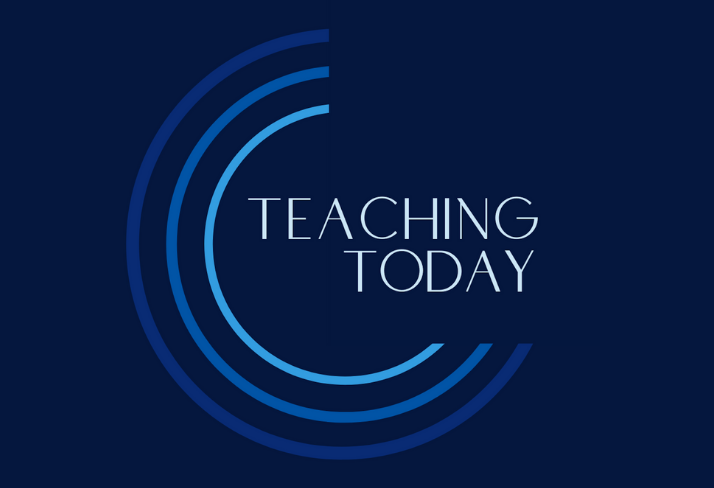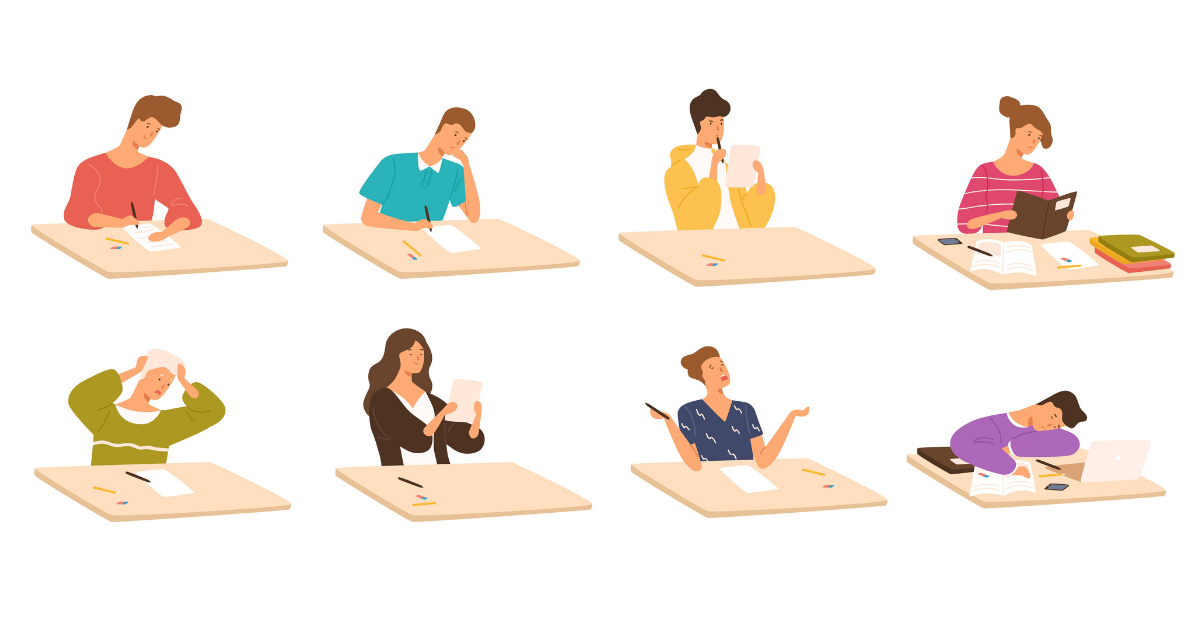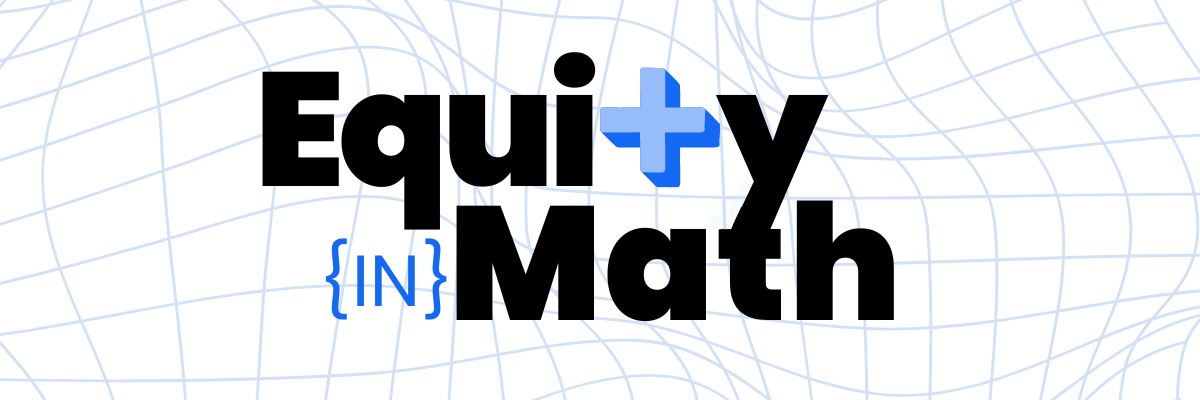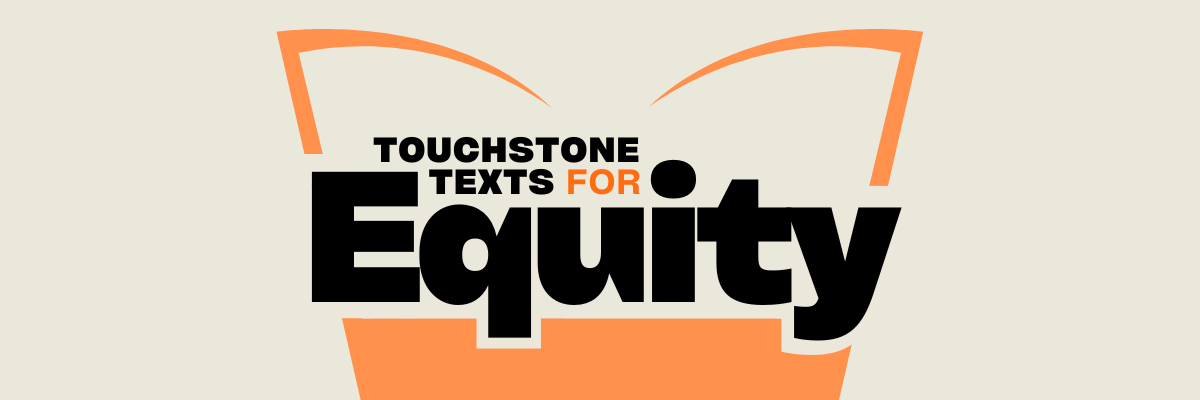|
Equitable practices empower students to recognize and develop their own talents and skills, and become agents of change for their futures.
What is equity? How do we define and use it in education?
Whenever there is a buzzword at play in education circles, we like to unpack, define, and interpret how the term applies to educators and schools. Let’s start with the difference between equity and equality. A simple, working understanding of equity involves “trying to understand and offer people what they need to enjoy full, healthy lives." In education, equity means truly striving to achieve the best possible outcome for each individual student. Equality, in contrast, aims to ensure that everyone is offered the same things in order to enjoy full, healthy lives. As educators, the notion of offering all people the same things immediately contradicts our understandings of differentiation. We know that not all students have the same needs. Furthermore, students from underserved backgrounds, generally low-income or students of color, may benefit from a variety of resources to succeed academically. All students benefit from equitable practices. I’d like to suggest that we not only offer students additional opportunities or resources to “catch up” or to “level the playing field”, but instead create a new playing field in education. We can start with our own assessment policies and systems in our classrooms, departments, schools, and districts. Creating equitable education and assessment practices doesn’t end with offering students what they need or deserve to succeed. Equitable policies and practices aim to empower students to recognize and develop their own talents and skills; to become agents of change for their futures. Equity means achieving lasting results for all people, regardless of their socioeconomic, racial, and ethnic backgrounds.
Examining our assessment practices
Equity work in any context may require seeing differently, thinking differently, and even working differently. Therefore, it may be helpful to start by asking ourselves some probing questions about our own assessment practices and beliefs. Consider discussing these questions at your next faculty meeting to norm understandings around assessments, or answering them individually, as a way to understand your own beliefs.
Creating equitable assessments
To work toward equity in education and in assessment, let’s examine our assumptions about educational achievement and assessment. Ibram X. Kendi, author of How to Be an Anti-Racist, explains how traditional testing policies perpetuate racist (and inequitable) ideas and policies in education. He explains that “achievement in this country is based on test scores, and since white and Asian students get higher test scores on average than their black and Latinx peers, they are considered to be achieving on a higher level.” We may not have the power to single-handedly change high-stakes testing policies that use assessment scores to measure educational achievement, but we do have influence over our curricular decisions and how we assess and grade our students. We can create more equitable curricula and assessment practices and policies to create more equitable education. To do this, we must:
Assess what we teach & teach what we assess
There are some basic rules of thumb that we can use to create a more equitable foundation for assessing students. As a starting point, we can simply ensure that we assess what we teach and teach what we assess. Backwards design, from Grant Wiggins and Jay McTighe’s Understanding by Design model, offers a framing to ensure that we first plan our assessments — including all the key teaching points and skills needed for them — as a guide to our instruction. Next, we “backwards plan” our units and lessons to ensure that we are meeting each of our teaching goals as we work our way toward the end of unit assessment. In addition to planning for end of unit assessments, we can also plan our formative assessments, which will help us understand students’ mastery of each discrete skill throughout our lessons. This will also create space to reteach concepts as needed, as well as ensure that we are offering students a range of possible opportunities to learn throughout a unit. When formative assessments reveal or confirm for us which students are struggling or need to revisit a concept or skill, we can differentiate how we reteach or review. If the teaching didn’t stick as we’d hoped the first time around, why would we teach it again in the same way? These practices can help us take initial steps toward ensuring our students are offered fair assessment opportunities, and we can build equity from there.
Differentiating assessments
Traditional assumptions about assessment may lead us to believe that asking students to complete different assessment tasks to demonstrate mastery may not feel fair — but it may actually be more equitable. I admit that early in my teaching career, the concept of differentiated assessments took me a while to grasp and to actually believe in. Many of us use differentiation expert Carol Ann Tomlinson’s helpful framework to guide our daily planning and instruction. We plan differentiated processes using a variety of scaffolds, tools, extensions, student groupings, pacing and modalities. We differentiate content in the form of offering or using a variety of “levels” of texts, math problems, and complexity of tasks. We strive to create a supportive and differentiated learning environment to meet a variety of students’ needs. But, when it comes to differentiating products or assessments, it is a little more complicated. Here are a few simple ways to differentiate assessment products to create equity:
Make assessments rigorous, not rote
Research shows that, especially in marginalized or lower income neighborhoods, lessons for students often focus on rote skills and procedures. Often, this means that students are not expected to achieve, nor learn more rigorous skills and content, when compared with their peers in higher income communities. As we know, rote and procedural learning tends to be boring, and when learning is boring, we often disengage or act out. This may become a serious equity issue in marginalized communities, especially for students of color, where, when students opt out of learning or act out, they may face harsh (or criminalized) punishment. Either way, students lose. Instead of focusing assessments on acquisition or mastery of rote skills or procedures, we can aim to emphasize reasoning and problem-solving skills. Research consistently proves that opportunities for supported, productive struggle can motivate students to stick with a task and to stay engaged as they learn. We all do better when we can engage in productive challenges.
Make assessments relevant
Culturally relevant curriculum and instruction create more equitable education for all students. Zaretta Hammond, in her wonderful book Culturally Responsive Teaching & the Brain, defines culturally responsive teaching as “encompassing the social-emotional, relational, and cognitive aspects of teaching culturally and linguistically diverse students.” She believes that when we teach with these concepts as our guiding lights, we create more equitable education. Similarly, we can create more equitable assessment practices if we offer students experiences that are adapted for their cultural and linguistic diversity and are cognitively appropriate and engaging. Here are a few simple ways to make assessments more culturally relevant or responsive:
Develop and maintain a growth mindset
We often think about how important it is for students to develop a growth mindset, yet, as educators, we need to take a hard look at our own biases and assumptions that things may be “too hard” for students. As Carol Dweck points out in the The Power of Yet, with scaffolding and high engagement tasks, we may find that students surprise us and we can reframe our thinking to become, “they don't get it yet.” Many factors contribute to a student’s mindset and development of a learner’s stance, especially a teacher's language and perspective. Here are a few simple ways to support a growth mindset for assessment practices:
Cultivating strengths and talents
As educators, our job is to cultivate students’ strengths, as well as help them develop in areas of struggle. All students benefit when teachers recognize and cultivate their passions, talents, and skills. Students also benefit when teachers recognize that a class or subject is an area where they need some extra support and that simply making progress is an achievement, even if their skills have not met or exceeded standards. When students are not achieving in a particular subject area, it may be time to think differently about how we assess them. It is possibly a waste of talent and potential if we expect students to spend academic time and energy striving to achieve in an area that continues to be a struggle for them. Instead, we can think more holistically about each student, in an effort to balance supporting improvement in areas of challenge with sponsoring soaring success in areas of strength. We can continue to cultivate and encourage a student’s passions and talents, even when assessing them. Measuring and recognizing ongoing progress and effort are important components of assessing a student’s learning.
Many of us were educated within systems that housed traditional or standardized assessment and grading systems. As educators, we have all consciously or unconsciously based a grading policy or assessment practices on the modeling we learned as students. It can take a leap of faith to imagine new and innovative assessment practices — but we must rethink our notions of fairness and begin to think about developing practices that are equitable for the students in our care.
Resetting instructional priorities in the absence of high-stakes tests.
Across the US, state tests are high-stakes exams that have become a driving force in educational policy, funding, accountability, curriculum development, and achievement for students, teachers, and school leaders.
No Child Left Behind and its counterpart, Race to the Top, were the national policies that dominated education spaces and shifted the focus from school and district autonomy to a culture of testing. While the Every Student Succeeds Act lessened some of the federal mandates on state testing programs, some individual states, like New York, have redoubled their efforts to use high-stakes assessment data as a way to evaluate education at every level. That is, until 2020 when COVID-19 systematically closed schools, reshaped instruction into hyper-customized blends of in-person and remote learning systems, and fundamentally prevented large groups of students from sitting in the same place, at the same time, to take a paper and pencil, fill-in-the-bubble test, like the generations of students who came before them. This might sound like an exaggeration, but it isn’t — in its 200-year history, 2020 was the first year in which state tests were canceled. Now that schools around the country are coming back in person almost exclusively, we're looking at a school year that will formally assess student performance for accountability for the first time in almost three years.
What will you teach?
For the past twenty years, rigorous high-stakes state tests have become the leading influence on curriculum development and instructional priorities for most public schools. These structures for accountability send a direct message to educators — the only knowledge that is important is the knowledge that aligns with the test. State tests are directly connected to the following evaluation and accountability processes:
Traditionally, almost the entire schooling experience, at every entry point, is connected to a test which reviews, monitors, and evaluates performance. Many schools have used this mandated external guidance as a way to vet their curriculum, solidify their unit and lesson plans, set the plan and pace for their instruction, and set specific goals for students. While, “you need to know this for the test” isn’t always a compelling reason for students to become interested in a specific topic, it has certainly been a driving force for teachers in the past. But without the guidance provided by the test, many educators were free to ask, what should I teach? After getting over the initial shock of the tests’ absence, many teachers developed thoughtful, dynamic, and innovative curriculums to capture their students’ interest in the content, even while learning through difficult times. As the exams come back into focus, are we at risk of losing this personalized curriculum in order to return to the kill and drill of test-driven instruction?
Shifting your approach
What should we be teaching, and who should decide? After two decades of test-informed planning and two years of freedom from exams, how do we decide on our next steps? It is my hope that we can use this as an opportunity to take an honest look at who gets to set the agenda for learning, and in doing so, acknowledge the reality that while oversight is absolutely necessary in education, high-stakes testing is limited, and limiting. We have to be able to move from simply valuing the test, to testing what we value in each subject area — and teachers and local school communities should have a say in what that looks like. Even as testing returns, there are three approaches to unit planning that we can use to frame instruction that is relevant, personalized to students' interests, and prepares them for future exams.
Considerations for policy makers
To our partners and colleagues who are decision-makers — big and small — we know you have a bird's-eye view of the now and the next. While we’re waiting, consider (or possibly reconsider) the enormous weight we’ve placed on a single day exam. Current policies give the test a monopoly on setting the values for an entire generation of students, and silence the voices of classroom teachers and school leaders who work directly with students on a daily basis. These educators have insight into what we could be valuing across fields, and how student progress and performance can be reflected to increase student achievement. We have a rare, once-in-a-lifetime opportunity to rethink the role of high-stakes tests and shift the structure of accountability to one that incorporates true multiple measures, embraces diverse learning needs, and reflects the population of students we’re serving.
Reflecting on our values and focusing our instruction on what will help students get engaged, stay engaged, and keep coming back day after day is where we should invest our time and energy. After what we've been through, our instruction should look different than it did before. We have a unique opportunity to apply our new skills, refine what we've designed, and return to “normal” a bit more evolved than when the pandemic began.
Equip students with the skills and knowledge they need in order to have authority over their exams.
As we move closer to the end of the school year and approach the high-stakes testing season, we know educators are grappling with the question: to test prep or not to test prep?
When it comes to high-stakes exams that help determine whether or not students will graduate from high school (as is the case with some New York State Regents exams), which colleges they may have access to (based on their SAT or ACT scores), or whether or not they can move to a new grade level (as is the case for elementary students and their scores on NYC ELA and Math exams), there’s no doubt that schools and teachers should strategically plan for test prep. We need to be able to support students in meeting the demands of these exams, and to equip them with the skills and knowledge needed to have authority over the exam. To help get you started with implementing strategic, positive test prep, check out our Regents Intervention System for Excellence (RISE) resource, which offers guidance for helping students gain access, agency, and authority over exams.
Preparation is key
Most standardized exams are their own unique genre — they ask questions in unfamiliar ways, and include tasks that may only exist in the specific format on the exam. Some exams may seem foreign to students because of their formatting, structure, and use of language. One way to think about the importance of test prep is to understand that taking a long, grueling exam once a year is similar to running a marathon. None of us would want to run a marathon without training for it, or without gathering advance information that will help us achieve our goal. While we should take time to prepare students for challenging, high-stakes exams, it’s crucial that we don’t overinform the focus of our curriculum or instruction. Instead, we should offer test prep strategies that allow students to exercise agency over the exam. To avoid narrowing our instruction to focus solely on test prep, it may be helpful to think of preparation as two components: understanding the content and skills related to the exam, and understanding the structure of the exam itself.
Understanding content and skills
Allowing students to learn exam-related skills and content is best accomplished by strategically building key skills, standards, and understandings into your curriculum throughout the year. Ideally, you would also be able to scaffold these components in the time leading up to the exam. You can then periodically assess student learning throughout the year and re-teach, review, and reinforce areas that still need some work. Going back to our marathon analogy, we can think of this part of the test prep process as conditioning and training so that our students have the tools needed to run the race.
Understanding exam structure
The second part of test prep involves getting to know the exam — it’s genre, language, scope, and scoring methods. We want students to be able to take charge of their exam and have an understanding of all its components. Students should have the opportunity to take a practice exam in its entirety, so that they have a chance to practice their pacing, and time to develop their own best practices for test-taking. Again, thinking about the exam as a marathon that our students are being asked to run, the more our students know about the course of the race, the more empowered they’ll be when developing strategies to tackle it.
If we regularly gauge student progress on as they learn the key skills needed to succeed on an exam, and assess their mastery of the exam’s sections, we can adjust and differentiate our teaching to offer students what they need to be as prepared as possible, while maintaining a positive and enriching experience in our classrooms.
|
|
The Center for Professional Education of Teachers (CPET) at Teachers College, Columbia University is committed to making excellent and equitable education accessible worldwide. CPET unites theory and practice to promote transformational change. We design innovative projects, cultivate sustainable partnerships, and conduct research through direct and online services to youth and educators. Grounded in adult learning theories, our six core principles structure our customized approach and expand the capacities of educators around the world.
|
ABOUT US
525 West 120th Street, Box 182 New York, NY 10027 416 Zankel Ph: (212) 678-3161 [email protected] Our Team Career Opportunities |
RESOURCES
Professional Articles Ready-to-Use Resources Teaching Today Podcast Upcoming PD Opportunities |
COACHING SERVICES
Custom Coaching Global Learning Alliance Literacy Unbound New Teacher Network Student Press Initiative |



